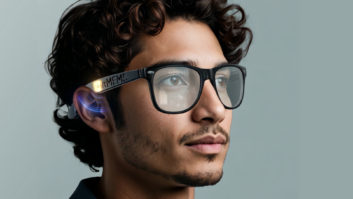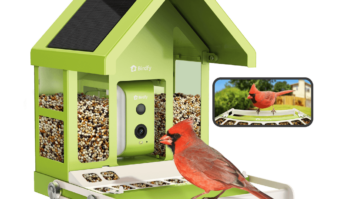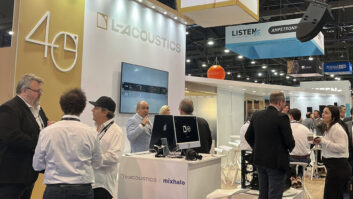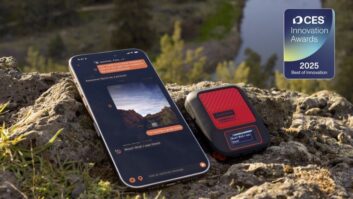The automotive industry is at the height of technological innovation – driverless cars are a reality, smart software is readily available and hot apps and accessories are driving retail sales forward, and fast.
Of all of our high tech devices and gadgets: smart phones, laptops, tablets, wearables, major appliances, and on and on, the most high tech device we have may just be our cars. With limitless connectivity opportunities and on board fun for the whole family, the outlook around driving is beginning to change course. Android unveiled Android Auto, designed, as they describe it “with safety in mind. With a simple and intuitive interface, integrated steering wheel controls, and powerful new voice actions, it’s designed to minimize distraction so you can stay focused on the road.” And Android is not alone when it comes to high tech accident prevention.
Auto manufacturers are incorporating more standardized tech options, as we saw at the New York Auto show earlier this month. The Scion iA compact sedan for example, will come standard with a low-speed collision avoidance system, rear backup camera, and Bluetooth connectivity. The Auto Alliance tells us that according to ABI Research, the percentage of new passenger cars globally shipping with factory-installed telematics will increase from nearly 10 percent in 2010 to 62 percent in 2016.
According to a new study by Grand View Research, Inc. “Growing demand for advanced driver assistance systems and premium audio systems are some of factors expected to drive the automotive electronics market through the forecast period. Continuous growth in the number of electronics components used by automotive manufacturers has spotlighted new opportunities for suppliers. Emergency call systems, alcohol ignition interlocks and accident recorder systems are various technologies that are expected to spur market growth through the forecast period.”
What we have seen so far is mostly growth of in-vehicle technologies, especially in-dash navigation systems, rearview/backup cameras, in-vehicle communications, safety or entertainment systems, remote vehicle starters and car alarms; however, cars of the (near) future will be talking to each other. The Auto Alliance breaks down for us what we can expect looking forward. “Carto- car information sharing can alert vehicles miles behind that cars ahead have come to a halt, warning drivers to prepare to slow down. “Smart” intersections will allow stop signs and traffic lights to communicate with vehicles, as sensors report if another vehicle is running a red light. Traffic lights could be synchronized to improve traffic flow — and fuel efficiency — and if there is only one vehicle sitting at a traffic light late at night, the light could be programmed to turn green.” This goes above and beyond the kind of connectivity we are familiar with.
While Android Auto wants to ensure that drivers can stay focused on the road, some auto manufacturers are doing the opposite. Cars are becoming autonomous machines, self-driving, self-parking, and self-breaking are already prime examples. Oilprice.com narrowed in on the trend while commenting on the F 015 ‘Luxury in Motion’, Mercedes autonomous car, “It looks like a car on the outside but like a lounge on the inside, with four swivel seats facing each other in a multimedia bubble of padded leather and walnut veneer. Daimler, the maker of Mercedes and inventor of the original automobile, wants to be among the first to re-invent the car, CEO Dieter Zetsche said at the CES, which he says will become more than just a means of transport and will turn into a mobile living space.”
Re-inventing the car might still be conceptual, but things are certainly changing in the industry. Retailers should note whether we drive our cars or our cars drive us, luxury accessories, connected apps and premium audio systems are sure to provide the smoothest rides.













